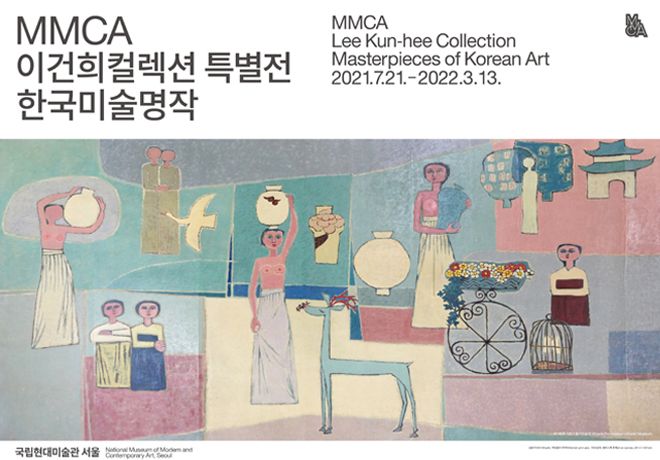#1. Greeting and Introduction of the exhibition.
Welcome visitors to the exhibition of Time of the Earth
Hello!
This exhibition will be the chance of reflection on the ecological world-view that demanding the spirit of new era, for confronting the global crisis such as climate change and pandemic. In one word, it is an exhibition related to ecological arts.
Before we go on the full view for this exhibition, I would like to bring a question
“What is the ecology meaning to you?” The word “ecology” is referring to the state that living things are suitably adapted to their environmental conditions.
Objects and the environment have an organic relationship with each other.
Also, “ecology” is a concept that implies the fact that we are in an inseparable relationship. Not necessarily using this conceptual definitions, we are realizing this world is all connected as one through experiencing a recent climate crisis and pandemic. For me to live, what we realized again is that everything on earth must function and exist in safe and sound. In that sense, ecology is a perspective as well as an attitude. Rather than seeing the world as human beings centered,
it is a fact that we have to see ourselves and the world in relationship with the everything else. After all, from this point of view, humans are living on the planet Earth. It's just a bunch of organisms. They are only creatures in a short history, living in this long time of the earth. So, the title of this exhibition is Time of the Earth. In this exhibition, based on an ecological perspective, Works by various domestic and foreign artists are on display. The relationship between animals and humans, the communion with nature, While meeting the works on the theme of restoration of balance based on mutual respect, How about you creating a consensus for true coexistence?
